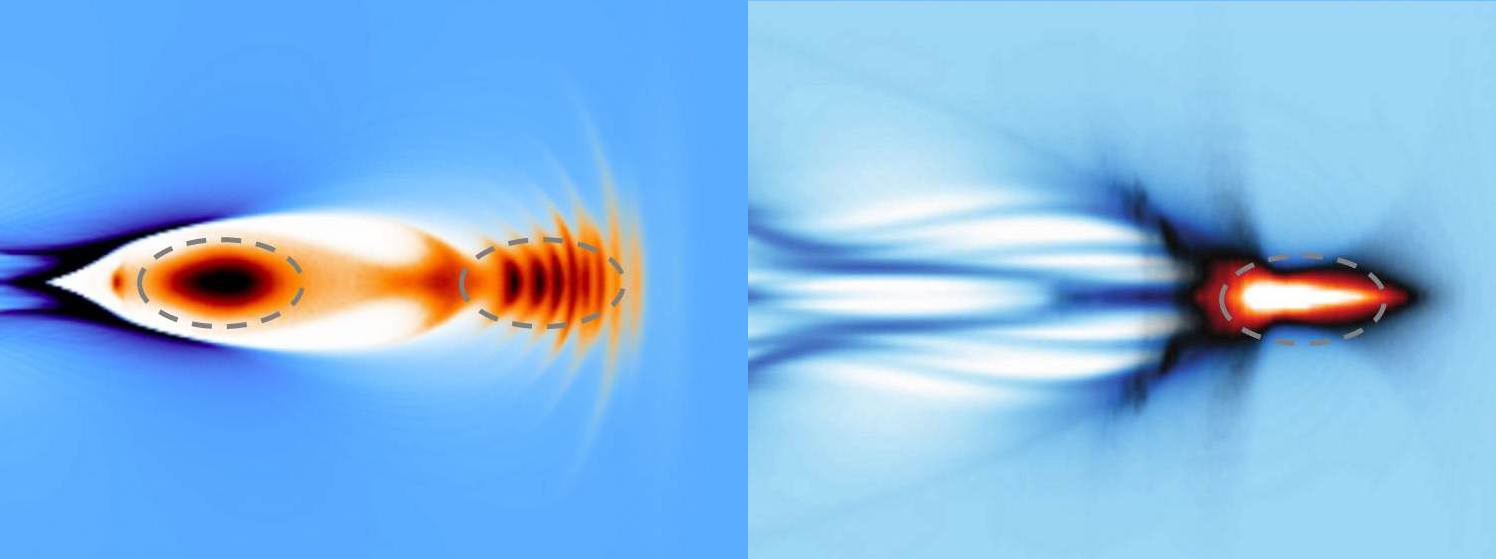The best way to study the subatomic particles that make up the most fundamental building blocks of our universe is, of course, to smash them into each other with as much energy as possible. And now physicists at SLAC National Accelerator Laboratory say they have found a better way to do that.
Researchers at SLAC’s Facility for Advanced Accelerator Experimental Tests (FACET) are especially interested in what happens when they crash high-energy beams of electrons into beams of positrons, their antimatter opposites. To answer the next generation of questions about these particles, however, physicists would need particle accelerators six miles long or more, with current accelerator technology.
That’s why FACET researchers developed a way to increase the energy of a particle beam in a shorter distance, so physicists could study electrons and positrons with smaller accelerators. It works like this: when physicists fire a concentrated group of electrons into an ionised gas, or plasma, the electrons create a wake. That wake can help accelerate a second group of electrons, travelling behind the first group, because they get to basically surf on a wave of plasma.
The technique, called plasma wakefield acceleration, works well for electrons, but it’s harder to accelerate positrons this way. Usually, the second group of positrons loses its shape or slows down when its hits the wake, rather than surfing the plasma wave and going faster. Researchers at FACET found a way to fire a single, carefully shaped group of positrons so that the front of the group creates a wake that helps accelerate the tail of the group and focus its shape.

It works well, according to the researchers, who published the results of their experiments in the journal Nature. “In this stable state, about 1 billion positrons gained 5 billion electronvolts of energy over a short distance of only 1.3 meters,” said lead author Sébastien Corde, of France’s Ecole Polytechnique, in a statement. That means the particle colliders of the future could be much smaller, with higher energy collisions, than today’s colliders.
At the moment, FACET is the only facility that can accelerate positrons this way. Particle colliders are expensive, so it’s not likely that research facilities will be building new colliders to take advantage of the wakefield acceleration method anytime soon, but some may upgrade their existing accelerators. “It’s conceivable to boost the performance of linear accelerators by adding a very short plasma accelerator at the end,” said Corde, “That would multiply the accelerator’s energy without making the entire structure significantly longer.”
Pictures: SLAC
